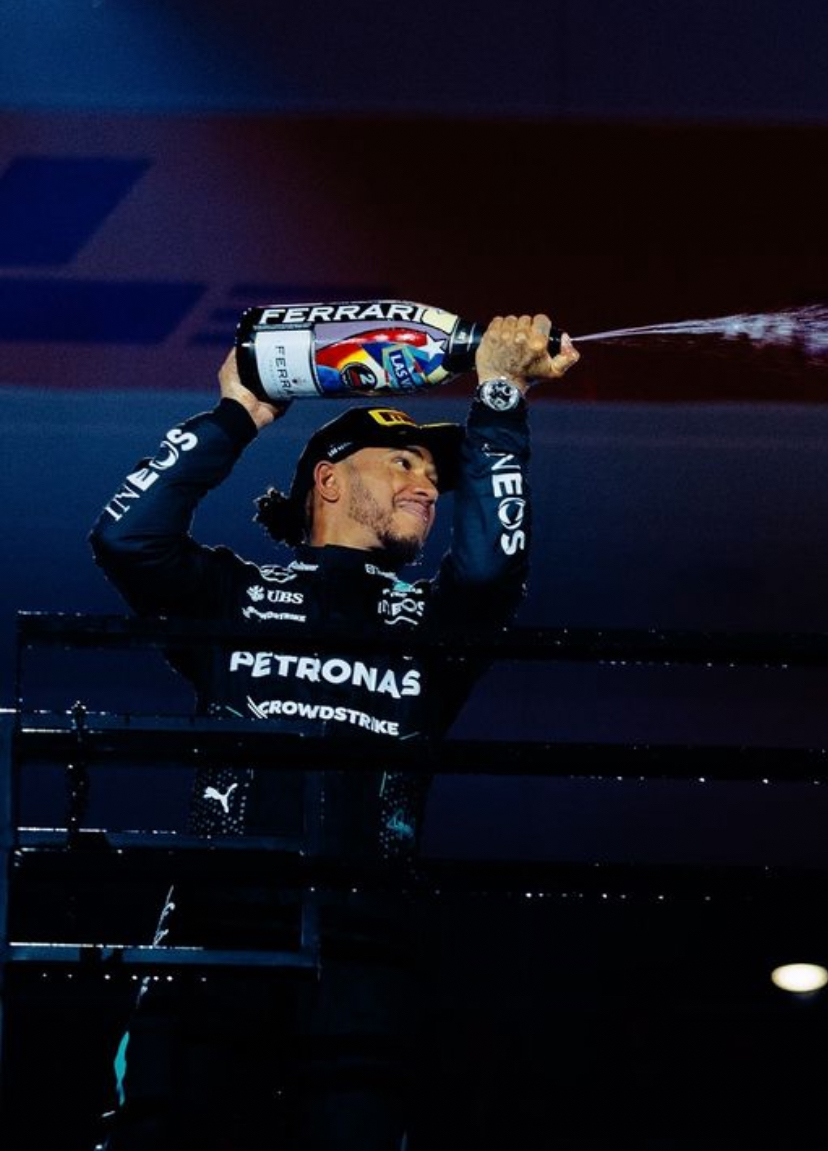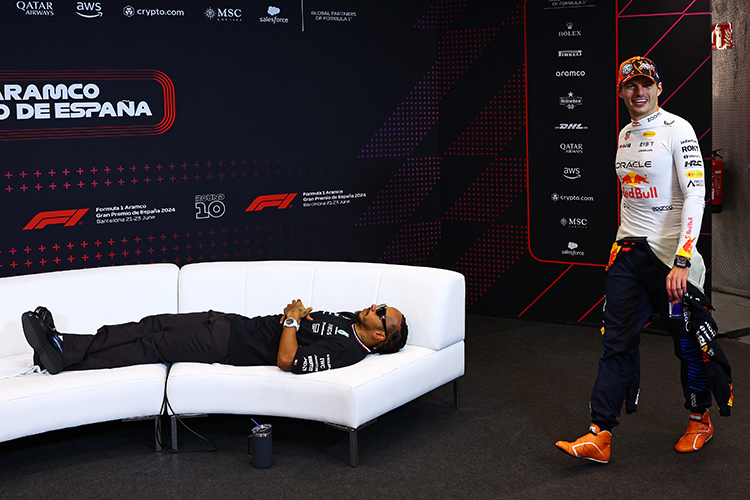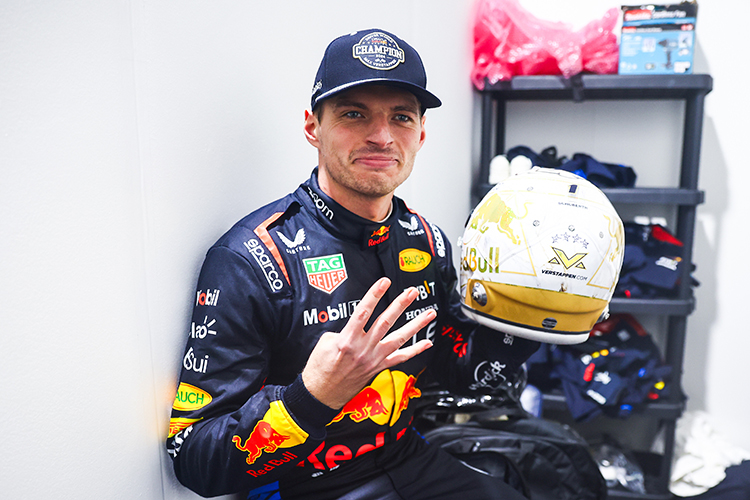The Evolution of Formula 1 Broadcasting: From Black and White to Digital Mastery

Formula 1 World Champions: A legacy of racing legends
How has F1 broadcasting evolved since the sport’s early televised days in the 1950s?
Explore the evolution of Formula 1 broadcasting, from early black-and-white coverage in the 1950s to today’s immersive 4K and data-driven broadcasts, revolutionizing the fan experience.
The Evolution of Formula 1 Broadcasting: From Black and White to the Digital Age
Formula 1 has come a long way since its first televised broadcasts in the 1950s. What began as grainy black-and-white highlights has transformed into a global, immersive viewing experience, with cutting-edge technology and real-time data shaping how fans engage with the sport. Let’s dive into the history of F1 broadcasting and how it evolved into the digital spectacle we know today.
F1 Broadcasting: A Historical Journey
1950s: The Birth of Formula 1 on TV
The 1950s marked the dawn of Formula 1 television broadcasts, a time when TV sets were a luxury and races were typically shown in short, black-and-white highlights. The 1953 British Grand Prix was one of the first F1 events to be broadcast, featuring legendary drivers like Juan Manuel Fangio and Alberto Ascari. However, coverage was limited to a few cameras, often showing only portions of the track, and there was little to no live commentary.
Despite these limitations, the 1950s laid the foundation for motorsport’s entry into mainstream media, paving the way for future technological advancements in F1 broadcasting.
1970s: The Introduction of Color and Expanded Coverage
The 1970s saw Formula 1 gain wider popularity, and the introduction of color television revolutionized race broadcasts. Viewers were now able to experience the vibrant colors of the cars and tracks, making the action more dynamic and realistic. The increased use of cameras, including new angles to capture close-up action, brought a level of intensity to F1 racing never seen before.
Live broadcasting also began to take hold in this era, with races being aired in real-time. Although coverage was still limited to certain events, this shift allowed fans to follow races as they unfolded, increasing F1’s global appeal and bringing the sport into the living rooms of more fans worldwide.
1980s: Global Expansion and Live Coverage
The 1980s marked a significant shift in Formula 1 broadcasting with the introduction of global live coverage. Under Bernie Ecclestone’s leadership, F1 capitalized on the power of television, and international broadcasters were provided with a standardized feed, allowing viewers around the world to watch the same race footage. This marked a turning point in the sport’s visibility, attracting new fans from different regions.
With the increase in live broadcasts, F1 fans could now watch entire races rather than just highlights. Pre- and post-race shows, in-depth driver interviews, and race analysis became integral parts of the coverage, enhancing fans’ understanding of the sport and deepening engagement with the F1 community.
1990s: Onboard Cameras and Advanced Graphics
The 1990s introduced innovations that took F1 broadcasts to the next level. The introduction of onboard cameras allowed viewers to experience the race from the driver’s perspective, adding an element of thrill and immersion. For the first time, fans could witness the intense speed and skill required to navigate the world’s most challenging tracks.
Alongside the onboard cameras, broadcast graphics became more sophisticated, providing viewers with real-time updates on lap times, positions, tire wear, and sector times. This wealth of data made it easier for fans to follow race developments and better understand key strategic decisions, such as pit stops and tire changes.
2000s: HD Broadcasting and Data Integration
The 2000s ushered in high-definition (HD) broadcasts, which dramatically improved the visual quality of F1 coverage. Fans could now enjoy clearer images of the cars, drivers, and tracks, allowing them to appreciate the finer details of the sport. HD broadcasting transformed the viewer experience, making it easier to follow the intricacies of high-speed racing.
During this period, F1 also began integrating more data into broadcasts. Graphics showing tire wear, fuel loads, and lap times became a standard feature, giving viewers deeper insights into team strategies. Telemetry data became more accessible, allowing fans to track a driver’s speed, braking points, and gear changes in real time. This greater transparency helped fans engage more deeply with the tactical side of F1.
2010s: Digital Streaming and Social Media Integration
The 2010s marked the digital revolution in F1 broadcasting. Social media platforms like Twitter, Instagram, and YouTube became vital tools for engaging with fans. Behind-the-scenes footage, real-time updates, and fan interaction brought a new dimension to F1 coverage, making fans feel more connected to the sport.
In 2018, Formula 1 launched its own streaming service, F1 TV, giving fans access to live races, race replays, on-demand content, and exclusive features like multi-camera views and team radio access. F1 TV Pro offered fans the ability to customize their experience, watching the race from different perspectives and following specific drivers or teams in real-time.
This digital transformation made F1 more interactive and accessible, allowing fans to engage with the sport in ways never before possible.
2020s: 4K, Data Insights, and Virtual Reality
In the 2020s, F1 broadcasting continues to push the boundaries of technology. Some races are now filmed and broadcast in 4K, offering stunning visual clarity and bringing fans closer to the action than ever before. Augmented reality (AR) and virtual reality (VR) are also beginning to play a role in enhancing the viewing experience, with VR broadcasts offering the potential for fans to feel as though they are in the pit lane or even in the driver’s seat.
Data-driven insights have reached new heights, with real-time analytics, predictive algorithms, and live telemetry helping fans better understand the race's tactical complexities. F1 TV’s enhanced features allow viewers to access every onboard camera, team radio message, and statistical breakdown, providing a level of detail that transforms each race into a personalized experience.
Conclusion: A Revolutionary Broadcasting Experience
From its humble beginnings with black-and-white broadcasts to today’s high-definition, data-rich, and interactive digital broadcasts, Formula 1 has undergone a remarkable evolution. Technological advancements have not only improved the visual quality of F1 broadcasts but also increased accessibility and interactivity, giving fans around the world more ways to experience the sport.
As F1 continues to innovate and adapt, the future of broadcasting looks brighter than ever. With 4K visuals, real-time data insights, and virtual reality on the horizon, Formula 1 is set to continue leading the way in sports media, offering fans an unprecedented, immersive experience.
Up Next



